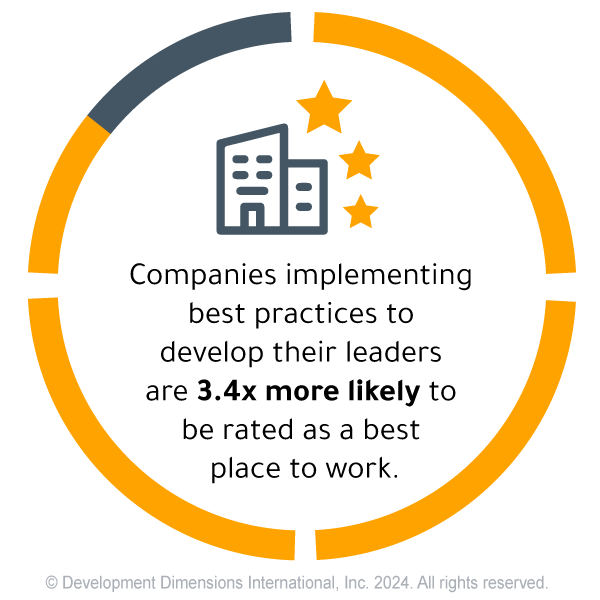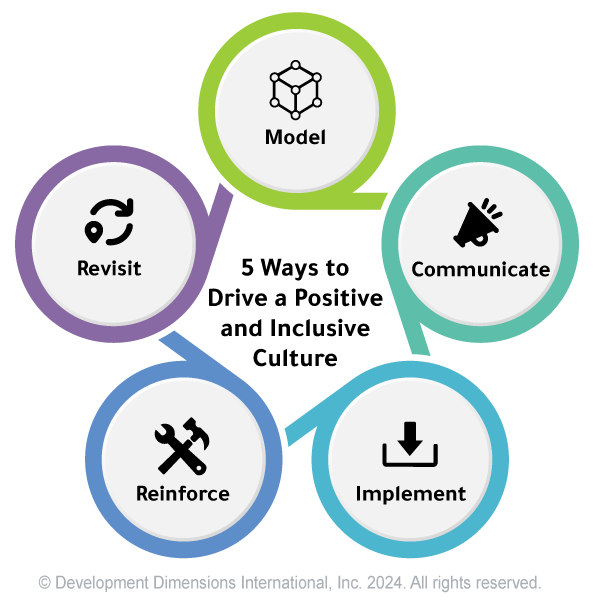“I do have just one final question. Can you describe the organizational culture?”
How often have you heard this question during interviews? Perhaps you’ve asked the question yourself. It’s a top consideration for job seekers, revealing something important about how we now think about work. Asking about organizational culture shows an understanding that a position is more than job responsibilities and salary. Today, company culture is the heartbeat of any workplace, influencing everything from employee satisfaction to business success. And it’s far too important to leave unexamined.
In this article, we'll explore why organizational culture holds such sway over the modern workforce, who influences it, and how to build a positive culture in your company.
Definition of Organizational Culture
So, what exactly is organizational culture? And who influences it?
Organizational culture is the set of behaviors, procedures, and expectations that connect and guide interactions between all employees. It’s the rhythm of the workplace, shaping attitudes, actions, and, ultimately, the organization itself. While your strategy drives what gets done at your organization, your company culture drives how.
But organizational culture doesn’t happen by accident—it can be intentionally molded. Sometimes, a company’s culture evolves organically over time. In other situations, HR and senior leaders set culture with intention. Maintaining the right culture requires leaders who show up with consistent behaviors and values every day and employees who follow their example.
The culture of the modern workplace is on display for all the world to see. And failing to nurture it can be harmful. Anyone from prospective employees to investors and advisors can read about—and sometimes watch—your employees’ actual experiences. If actions and practices don’t align with the values and attitudes you claim, your company may experience the consequences. The fallout can range from struggling to recruit or retain talent to suffering a full-blown public relations crisis.
In a word, culture is a mirror. It reflects the collective identity of your workplace, including values, attitudes, character, and behaviors—for better or for worse.
Maintaining the right culture requires leaders who show up with consistent behaviors and values every day and employees who follow their example.
Benefits of a Positive Organizational Culture
The data is clear: Culture is important to employees. And workplaces that build a positive culture perform better.

According to Glassdoor, more than half of job seekers prioritize workplace culture over salary. Our data shows that companies using best practices to develop leaders are 3.4X more likely to be rated as a best place to work. And Gallup reports that those prioritizing culture see up to 33% higher revenue.
A positive organizational culture is needed to foster engagement and retention. Furthermore, employees who feel connected to their company's values, mission, and goals are more likely to be committed to their work. This connection to purpose can increase job satisfaction, reduce turnover rates, and enhance loyalty.
Your culture can also promote behaviors like collaboration, teamwork, and innovation, which are essential for success. When employees share common values, they are more likely to work together effectively, communicate openly, and solve problems creatively. This synergy can improve productivity, decision making, and performance.
The Right Organizational Culture for Your Business
But even a positive culture isn’t one-size-fits-all. It should align with key business priorities, and this alignment matters. For example, a fail-forward culture of innovation may drive creativity in software development, but it would be dangerous in a hospital where lives are on the line.
So, what is the right culture for your workplace? First, focus on your unique business challenges and goals. These could include difficulties with regulatory compliance, globalization, market disruption, and more.
Then, think about the elements of company culture that will help you solve those challenges. For example, a culture of ethics, integrity, and accountability would encourage employees to comply with regulatory guidelines and standards. If your organization is expanding globally, employees must value diversity and be culturally competent to collaborate across borders. For companies competing in a volatile or disrupted market, a culture of adaptability and innovation would encourage employees to experiment and embrace change.
Finally, you need to connect your cultural values to skills that your workforce needs to develop. What key actions will help leaders lead with integrity, facilitate collaboration, and create an agile learning culture?
Hybrid and Remote Work Culture
The rise of hybrid and remote work shocked traditional work cultures. It reshaped the way teams collaborate, communicate, and connect. And it poses unique challenges for nurturing a cohesive culture.
Zoom parties and digital shout-outs have replaced birthday celebrations and happy hours. Water cooler chats and impromptu brainstorming sessions have transformed into virtual meetings and Slack threads. Even the physical workspace was once a tangible part of company culture through intentional design and décor choices. Now, it has been replaced by virtual backgrounds and home office setups, where personal touches have the spotlight. The lines between personal and professional are blurrier than ever.
Organizations need to rethink and adapt cultural practices to fit this new reality. Leaders must be intentional, creative, and inclusive to help their teams thrive. One thing is clear: Leaders are critical to building a positive culture that transcends physical spaces.
Leaders Drive Organizational Culture
While all employees contribute to an organization’s culture, leaders play an outsized role in maintaining the status quo or driving culture change. Simply put, they set the tone for how things are done. Their behaviors, values, and priorities serve as a blueprint for employees to follow. By consistently reinforcing desired behaviors and creating an environment that aligns with company values, leaders can influence the attitudes and behaviors of their teams.
Ultimately, no one influences a company’s culture more than its leaders. Consider these scenarios:
#1:
Stated culture: Work-life balance is important to your company’s culture. HR offers wellness programs and a generous PTO package.
Employee experience: Your leader frequently assigns work on short notice, meaning you need to work during evenings, weekends, and vacations to meet deadlines.
Outcome: A single leader prevents their team from accessing the work-life balance the company values.
#2:
Stated culture: Your workplace aims to be more inclusive. Senior leaders have appointed a head of DEI, published a diversity mission statement, and set aside budget for training.
Employee experience: A leader you collaborate with plays favorites and isn’t open to new ideas from people with different backgrounds.
Outcome: A leader’s personal biases create a work environment that undermines inclusivity and innovation. What’s more, this runs counter to the company’s DEI goals.
These examples show a major disconnect between stated culture and employee experience. Further, they highlight the prominent role leaders play in shaping culture. Leaders at every level must learn behaviors that align with and support the company’s stated culture.
By consistently reinforcing desired behaviors and creating an environment that aligns with company values, leaders can influence the attitudes and behaviors of their teams.

Five Ways Your Leaders Can Drive Company Culture
Leaders’ words and actions shape culture. Here are five ways your leaders can drive a positive and inclusive culture:
- Model it: Speak and act in ways that directly reflect the culture.
- Communicate it: Consistently use written and verbal methods to communicate how activities and goals relate to the culture. Communicate how the culture, in turn, helps accomplish team and organizational goals.
- Implement it: Bring the culture to life with specific goals and actions.
- Reinforce it: Recognize associates whose actions support the culture and quickly address behavior that does not.
- Revisit it: Share hands-on perspectives to enable senior leadership to act if needed.
Ultimately, leaders need core skills and a common leadership language. Together, these drive consistent behaviors and shape your company culture.
Your Leaders Build Culture Every Day
Leaders drive company culture with their everyday actions. They have so much responsibility to create a positive employee experience. It is critical to give your leaders clear expectations to foster the right culture across your organization, and it's just as important to train them to do it.
Learn more about how to improve your organizational culture. Our on-demand webinar, Building a Culture of Trust, explores developing leadership behaviors to drive trust.
About the Authors
Mark Smedley is a Leadership Advisor for DDI. He is passionate about helping organizations make leadership development a way of work in a fast-paced world.
Carol Schwiebert is a Content Strategist for DDI. She works to strategize new, creative leadership content that will drive change for leaders at all levels.
Mark and Carol know firsthand that building genuine connections at work doesn’t require an office. Despite never having worked in the same city, they connected online over their shared interest in trends and pop culture. Mark and Carol have since engaged in countless meaningful discussions about career development and content ideation to reality television reviews and everything in between.
Topics covered in this blog

